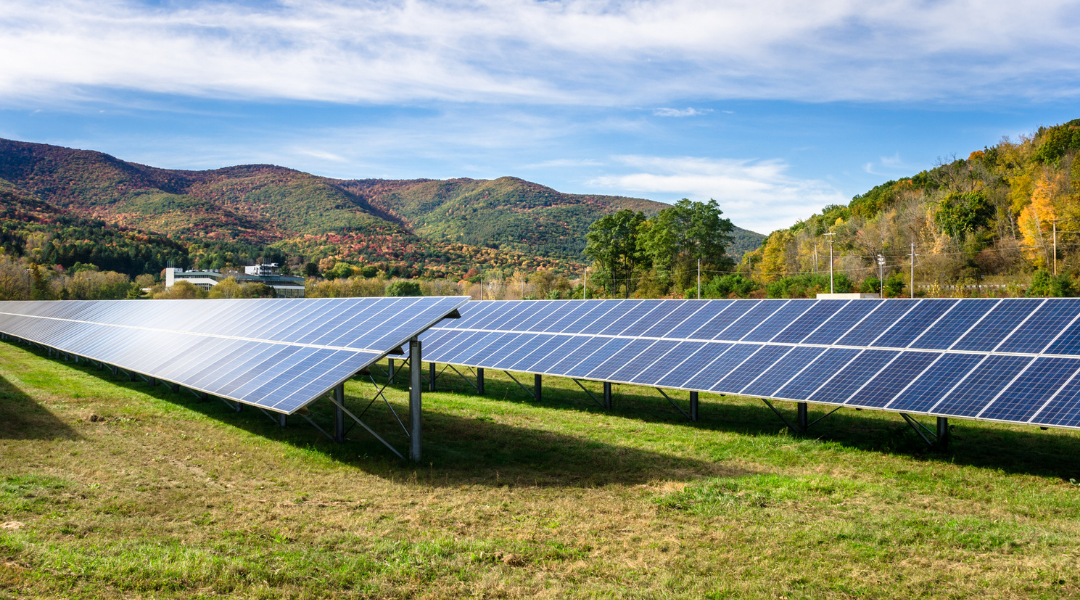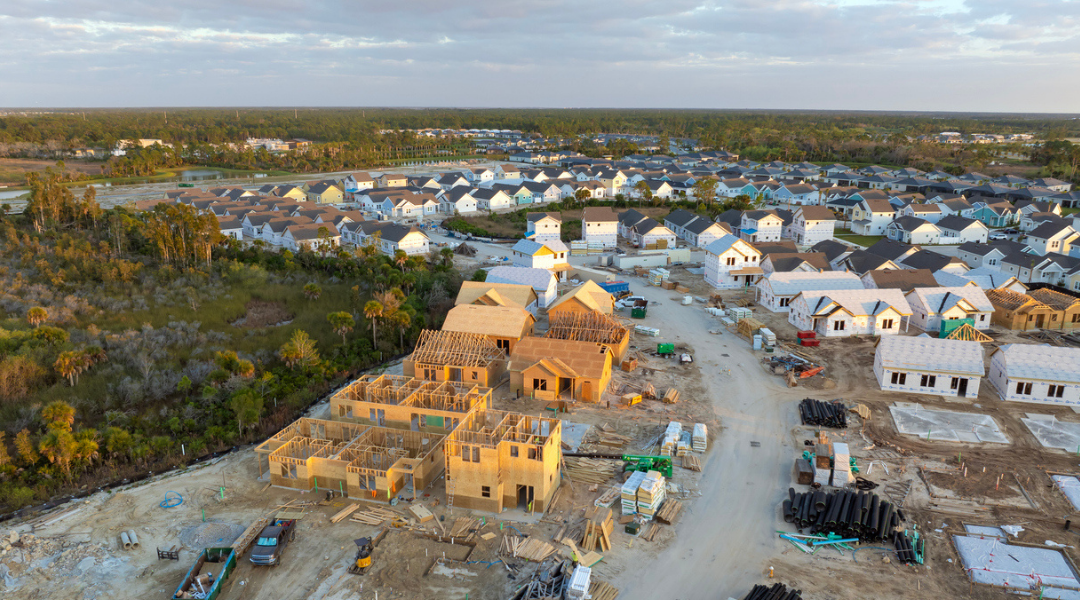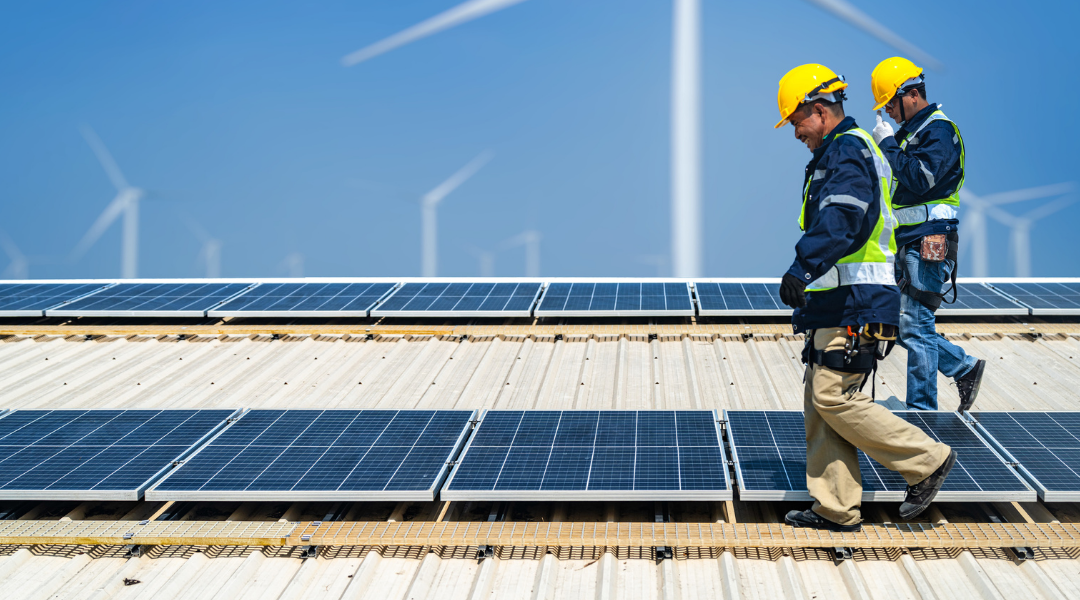The Bonds Behind Community Solar: What’s Required at Each Stage
Community solar is expanding rapidly, growing at an annual rate of 8% to 11%. Even with such strong momentum, these projects can stall without the right credit support in place.
Below, we’ll outline which bonds typically appear at each stage of a community solar project and why obligees require them. We’ll also show how insurance agents and Engineering, Procurement, and Construction (EPC) firms can prepare submissions that secure faster approvals.
Community Solar Bonds: Frequently Asked Questions (FAQs)
Q: Do utilities accept surety bonds for interconnection?
A: It depends. Some utilities accept surety bonds in place of cash or a letter of credit (LOC), while others only allow cash or LOCs. Since policies can vary widely, developers should confirm each utility’s requirements during the planning stage to avoid delays.
Q: How are decommissioning bond amounts set?
A: Local authorities typically require third-party engineers to estimate a solar community’s decommissioning costs and review them periodically. Some jurisdictions allow developers to offset these costs with the project’s salvage value, while others require full gross-cost bonding regardless of potential resale value.
Q: Bond vs. LOC—what’s cheaper?
A: Surety bonds typically cost 1% to 3% of the total bond amount. LOCs, on the other hand, often require 100% collateral or a lien on assets, which ties up bank capacity and triggers fees or covenants. Using a bond in place of LOC can preserve the developer’s working capital and borrowing power. However, the best option ultimately depends on the project’s financing strategy and the owner’s balance sheet.
Q: Are O&M/warranty bonds common in community solar?
A: Yes, these bonds are common, but they’re not universal. Owners and lenders may require Operations & Maintenance (O&M) or warranty bonds after a project reaches its commercial operation date (COD). These bonds guarantee ongoing maintenance or equipment performance, providing post-construction assurance to investors and subscribers.
Community Solar 101: Who’s Involved & Why Surety Matters
Community solar refers to shared solar energy projects, like solar farms, where multiple participants subscribe to a portion of the generated electricity. Rather than installing panels on their own properties, subscribers receive credits on their utility bills for their share of the project’s output.
Community solar models expand access to clean energy, especially for renters, low- and moderate-income families, and those who can’t install solar panels on their own properties. The key stakeholders in this quickly expanding industry include:
- Developers/independent power producers (IPPs), who organize and finance the project, secure permits, and line up subscribers.
- EPC contractors, who design, build, and deliver the solar array on schedule and within budget.
- Utilities, which manage grid interconnection, ensure system reliability, and apply bill credits to subscribers.
- Municipalities and land authorities that issue permits, oversee zoning, and often require decommissioning security to guarantee the land will be restored.
- Subscribers, which include households, businesses, and nonprofits, who sign up to receive credits from the project’s output.
- Lenders and tax equity investors, who provide financing and often require surety support to safeguard their investments.
So, why should developers and EPCs consider surety instead of cash or LOCs? Unlike cash deposits or bank-issued LOCs, bonds preserve working capital and borrowing capacity. They also satisfy many obligee requirements by providing independent, third-party backing for performance, payment, and decommissioning.
6 Types of Community Solar Surety Bonds You’ll See by Project Stage
Community solar projects move through four key stages: development, construction, operations, and decommissioning. Different stakeholders may require financial security during each of these stages, and surety bonds can deliver that assurance.
Here’s a breakdown of the six bond types you may encounter in community solar:
#1 Interconnection Bonds
During the early stages of solar community projects, utilities often require financial guarantees before approving interconnection agreements or grid upgrades. Security bonds assure utilities that the developer will fund any necessary improvements and complete their obligations throughout the interconnection process.
Note: Some utilities still insist on cash or LOCs over surety bonds, so you should confirm your specific requirements early on.
#2 Performance & Payment Bonds
Once a solar community project moves into the construction stage, lenders and project owners often mandate performance and payment (P&P) bonds. A performance bond guarantees that the EPC will complete the project on schedule and according to its contract terms, while the payment bond ensures all subcontractors and suppliers get paid on time.
Read More: 6 Essential Bonds To Support Your Contractor Clients' Business Growth
#3 Operations & Maintenance / Warranty Bonds
Once a community solar project reaches its commercial operation date, stakeholders want to know that it will operate smoothly and deliver consistent performance over time. O&M or warranty bonds provide this financial guarantee and give project owners and lenders confidence that the project won’t falter due to poor upkeep or faulty components.
#4 Decommissioning Bonds
When a community solar project reaches the end of its useful life, counties and landowners want to feel confident that the infrastructure will be dismantled properly to restore the land. Decommissioning bonds provide that protection. Bond amounts are typically set by third-party cost estimates, and rules for applying credit from salvageable materials vary by jurisdiction.
#5 Permitting / Site-Lease / Right-of-Way Bonds
Some jurisdictions and land authorities require bonds to ensure compliance with permits, site leases, or rights-of-way (ROW) agreements. These bonds guarantee that developers or EPCs will meet local regulations, honor lease conditions, and restore land, if necessary. Thus, they protect municipalities and landowners from financial losses if these obligations aren’t fulfilled.
#6 Subscriber-Manager / Program Bonds
In subscription-based community solar models, subscriber managers handle billing and crediting for participants. Some programs require these managers to post bonds, which protect subscribers and project owners against mismanagement or default. While not yet widespread, these bonds are becoming more common as regulators increase oversight and push for stronger consumer protections.
Read More: Why Private Construction Projects Pose Unique Bonding Challenges
What Bond Underwriters Look For in Community Solar Bond Applicants
If you’re a community solar developer, EPC, or insurance agent operating in this space, you may be asking: What do bond underwriters look for?
Here are five key factors they weigh heavily:
- Track record and pipeline – Underwriters like to see that you have experience with projects of similar size and complexity. They’ll also carefully review your backlog, work-in-progress (WIP) reports, and burn rate to gauge whether you can handle your current pipeline without overextending your resources.
- Financial position – Underwriters pay close attention to your balance sheet. They want to see strong working capital, liquidity, and open bank lines. Conversely, excessive leverage can raise red flags about your ability to withstand delays or unexpected costs.
- Contract package – Underwriters carefully review project agreements to ensure fair risk allocation, strong equipment warranties, and reliable revenue arrangements, such as power purchase agreements (PPAs), virtual PPAs (VPPAs), or subscription models. These agreements give them confidence that the project will remain financially stable, even when challenges arise.
- Schedule and interconnection requirements – Underwriters look for realistic project timelines backed by interconnection study results, identified grid upgrade requirements, and defined milestones.
- Decommissioning plan – Many municipalities and landowners require a plan for safely removing the solar infrastructure and restoring the site at the end of its life. Underwriters closely review how decommissioning costs are calculated, how often these estimates are updated, and whether assumptions about the salvage value are realistic.
Read More: The Future of Surety in the Age of Crypto, DeFi, and Digital Assets
Agent/EPC Bond Submission Checklist
During your bond application, you’ll need to submit the following information:
- Project details – Size (MW), location, program, COD target, and delivery model.
- Interconnection information – Study status, estimated upgrade costs, utility’s accepted security (bond/LOC/cash).
- Contracts – EPC agreement, offtake terms, major equipment and warranties, and O&M plans.
- Financials – Three years of developer/EPC financial statements, work-on-hand (WOH) and WIP reports, liquidity details, and bank reference letters.
- Site details and permits – Lease terms, permit list/status, decommissioning plans, and cost estimates.
Read More: How Trust in a Surety Partner Impacts Business Growth
Related Posts
Why Private Construction Projects Pose Unique Bonding Challenges
Private construction projects can be very profitable for contractors, but they present greater bonding risks than...
Continue Reading6 Essential Bonds To Support Your Contractor Clients' Business Growth
6 Essential Bonds To Support Your Contractor Clients' Business Growth As a Property and Casualty (P&C) insurance agent,...
Continue ReadingHow Trust in a Surety Partner Impacts Business Growth
How Trust in a Surety Partner Impacts Business Growth In an industry as risk-averse as construction, trust is crucial...
Continue ReadingBuild Your Renewable Energy Book: An Agent’s Guide to Boosting Bond Submissions
Independent insurance agents can expand their renewable energy books by supporting the growing number of contractors...
Continue ReadingA Growth Opportunity for Agents: Meeting the Bonding Needs of Today’s Small Businesses
A Growth Opportunity for P&C Agents: Meeting the Bonding Needs of Today’s Small Businesses As a Property and Casualty...
Continue ReadingWhy Every Contractor Should Do a Year-End Financial Review
Why Every Contractor Should Do a Year-End Financial Review Before tax season arrives, contractors should carve out some...
Continue ReadingThe Future of Surety in the Age of Crypto, DeFi, and Digital Assets
The Future of Surety in the Age of Crypto, DeFi, and Digital Assets Technology is advancing rapidly, driving ...
Continue ReadingUCS Reports Strong FY 2024 Results with Surplus on the Rise
UCS Reports Strong FY 2024 Results with Surplus on the Rise United Casualty & Surety Insurance Company (UCS), a...
Continue ReadingUCS’s Renewable Energy Surety Program
United Casualty and Surety Insurance Company (UCS) has recently partnered with GreenieRE, a reinsurance company focused on clean energy, to launch a nationwide Renewable Energy Surety Program.
Through this program, developers and EPCs can access specialized bonding solutions designed for renewable energy projects, including interconnection, construction, permitting/site-lease, PPA/VPPA, and decommissioning bonds.
De-Risk Community Solar at Every Stage With UCS
Community solar projects are becoming increasingly popular and profitable. With the right surety bonds, developers and EPCs can satisfy utilities, lenders, municipalities, and landowners without tying up their precious capital in cash or LOCs.
Are you an insurance agent or EPC with community solar projects in your pipeline? Contact UCS today to learn more about our innovative bonding solutions!
Key Takeaways
- Community solar is expanding quickly, growing at a rate of 8% to 11% each year.
- Surety bonds can support every stage of community solar projects, from interconnection and construction to operations and decommissioning.
- Unlike cash and LOCs, surety bonds preserve developers’ working capital, keep their bank lines open, and satisfy obligees’ requirements.
- Bond underwriters carefully review applicants’ track record, financial strength, contracts, schedules, and decommissioning plans before setting rates and issuing approvals.
- Insurance agents and EPCs can drive faster bond approvals by delivering complete submissions and partnering with UCS for flexible renewable energy bonding solutions.
Sources:
Sol-Ark. Community Solar: The New Trend in Making Clean Energy Accessible for All.
https://www.sol-ark.com/community-solar-new-trend-clean-energy/
U.S. Department of Energy. What is Community Solar?

UCS Team
Stay up to date
Browse Posts
Browse by topics
UCS is committed to a solutions-driven approach, partnering with agents to deliver the bonds contractors and commercial clients need — backed by determination, speed, and expertise.










Post a comment